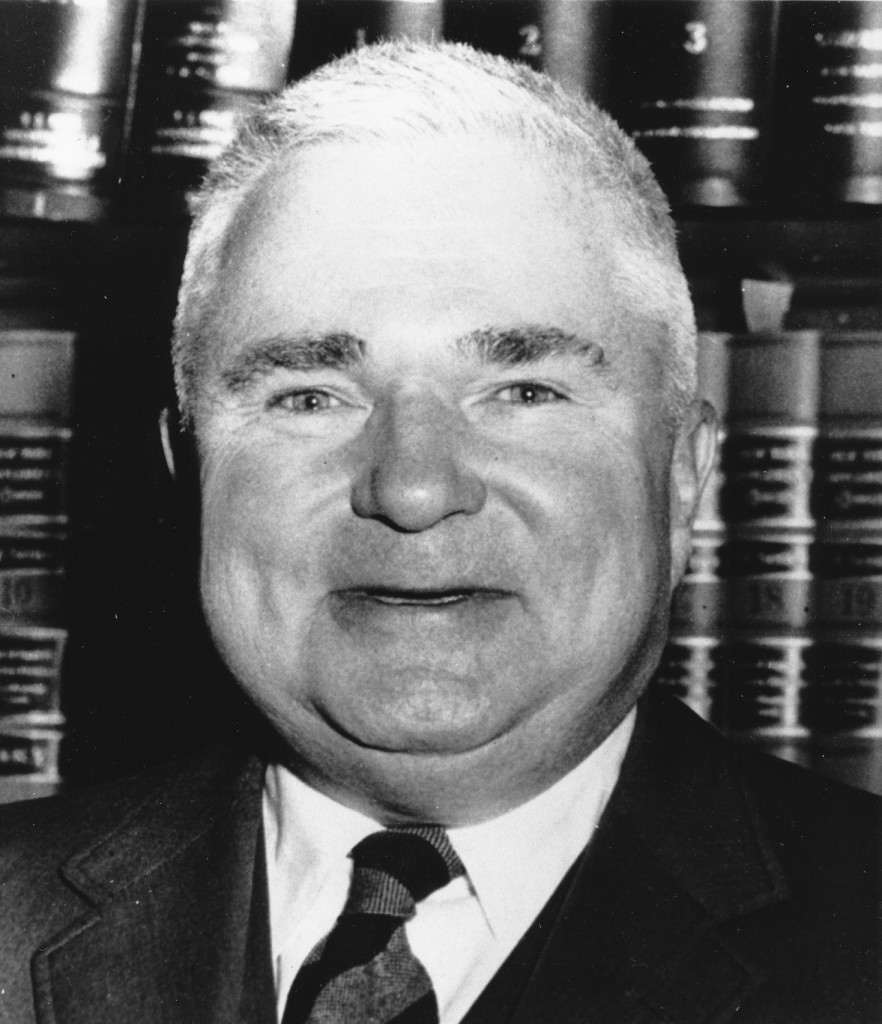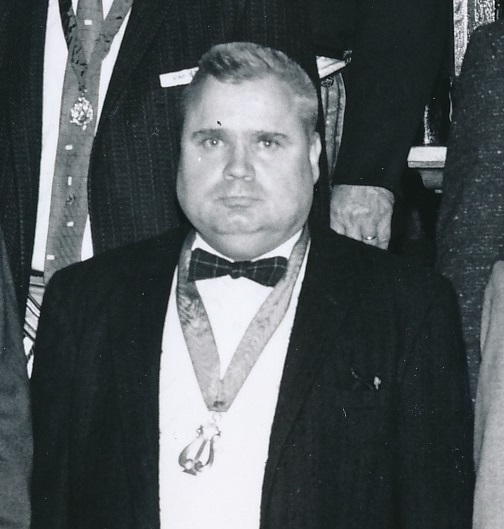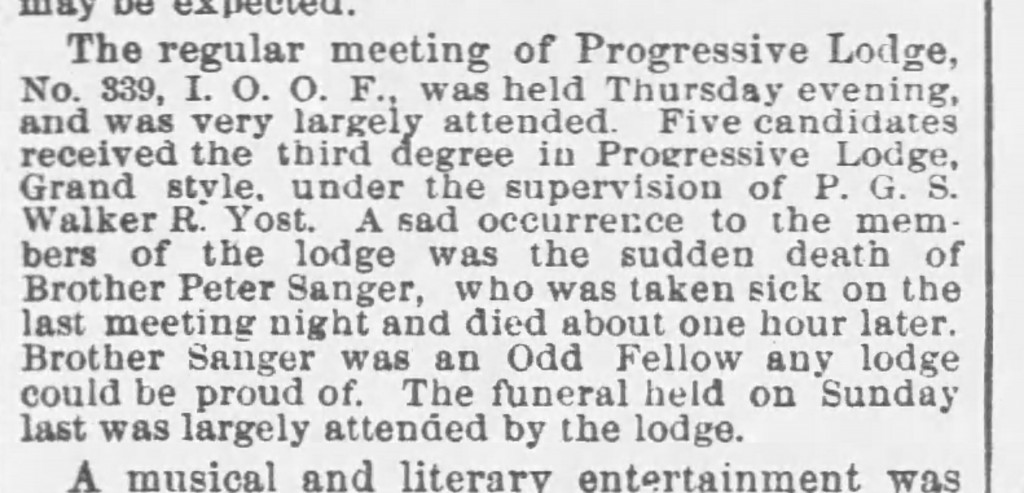Like Father, Like Sons
By W:. Ronald J. Seifried, DSA
Father and son Worshipful Masters is a rare occurrence in masonic lodges. In 2020, Jephtha’s own W:. Richard Harris is the son of W:. Rod Harris, Past Master of Jamaica No. 546. But to have a father and his two only sons all elected as Worshipful Masters has only happened with one family in the long history of Jephtha Lodge, and it began one hundred years ago in 1920.

Robert Kennedy Toaz was master of Jephtha Lodge No. 494 starting in January 1920. Born on August 23, 1869 in Rochester, New York, Toaz spent a lifetime in public education that eventually led him to become the first Superintendent of the Huntington Union School District in 1906.
At the University of Rochester, he was a member of the Delta Psi fraternity before graduating in 1893, earning a master’s degree at Columbia University and studying at the Albany’s College and Clark University.
Toaz‘s professional career included heading the science department in Canandaigua for one year, assistant principal in Waterloo for four years, and an additional four years as a high school principal in Marion, New York. From 1899 until early 1906, he was principal of Oxford Academy and Union School, before moving to his next and final stop in Huntington and started as high school principal and superintendent of the Huntington School District in February 1906.

From his earliest days in Huntington, Toaz took on several responsibilities, including teaching English and Math and coaching the high school football team. He helped expand Huntington from a one wooden school building to a district with a modern new junior high school at Huntington Station and five grammar schools. During his tenure, new schools were constructed including School Street School (aka Station School, 1906), Halesite (aka O’Hara Street School, 1908), Huntington High School (1908-09), Woodbury Avenue School (1923-24) and the Lowndes Avenue School expansion (1927), which was renamed Roosevelt School in honor of the late President Theodore Roosevelt. Roosevelt’s widow Edith and youngest son Archibald attended the dedication ceremony.

Toaz retired as principal of Huntington High School in 1930 and as superintendent in 1933, a few months after he was awarded an honorary doctorate by the New York State College of Teachers. After his “retirement,” he served as vice-president of the New York State School Master’s Association. Several months before his death in 1938, ground broke on a new Huntington Junior High School on 300 Nassau Road. The school was renamed Robert K. Toaz Junior High School in honor of the former superintendent, the first Junior High School in Suffolk County and a state and national leader of education of students in grades 7-9 in the decades that followed. The 11-acre campus officially closed in 1982 and was rented and later purchased by Touro Law School. In 2007, the law school sold the building and today is the home to the School of Mahanaim.
Toaz was raised a Master Mason in Oxford No. 175 in the town of Oxford near Binghamton, New York and affiliated with Jephtha No. 494 in 1907 shortly after his relocation to Huntington. Toaz’s one year as master was a very productive term in the east. In October 1920, the pipe organ was dedicated. Formal permission was granted by Jephtha for two other masonic lodges to be formed in neighboring towns: Amityville No. 977 and Bethpage No. 975 in Farmingdale (now Bethpage-Hicksville No. 975).
Over 110 men attended the second annual outing at the Albert G. Milbank Estate, the first mayor of Lloyd Harbor. The event included a baseball game, tug of war, 100-yard dash, 50-yard dash for “fat men,” potato race, blindfolded boxing match, swimming match and dinner.
His participation in the local community did not end with Freemasonry. Toaz was also a charter member and President of the Huntington Rotary Club; President of the Board of Trustees of the Old First Presbyterian Church; chairman of the Suffolk County Boy Scouts; member of the board of directors of the Huntington Hotel; trustee of the Heckscher trust which administered the Heckscher Park and art museum; and member of the Board of Directors of the Bank of Huntington and Trust Company with several other Jephtha past masters.

Robert K. Toaz was alive to see his oldest son, John Clark Toaz (1904-2000) ascend the east of Jephtha Lodge in 1937. A graduate of Harvard Law School, John C. Toaz was a member of the Berman & Toaz Law Firm and Justice of the Peace in Huntington and was President of the Suffolk County Bar Association for several years.

John’s younger brother Robert T. Toaz (1912-1984) was elected Worshipful Master of Jephtha in 1949. Robert was a long-time appointed musician at Jephtha, sitting behind the organ for over 20 out of 33 years from 1950 until 1983.
A member of the Toaz family has been a member of Jephtha Lodge for 93 years until the passing of John C. Toaz in 2000, far exceeding the period of another local Toaz legacy.
“We at Toaz will be faithful, loyal, brave, and true;
We at Toaz will be faithful to the gold and blue.
Shoulder to shoulder, this we proudly cry;
Always onward for our school: Toaz Junior High.”
Robert K. Toaz Junior High School alma mater song (1938-1982)

The post Like Father, Like Sons appeared first on Jephtha.com.




